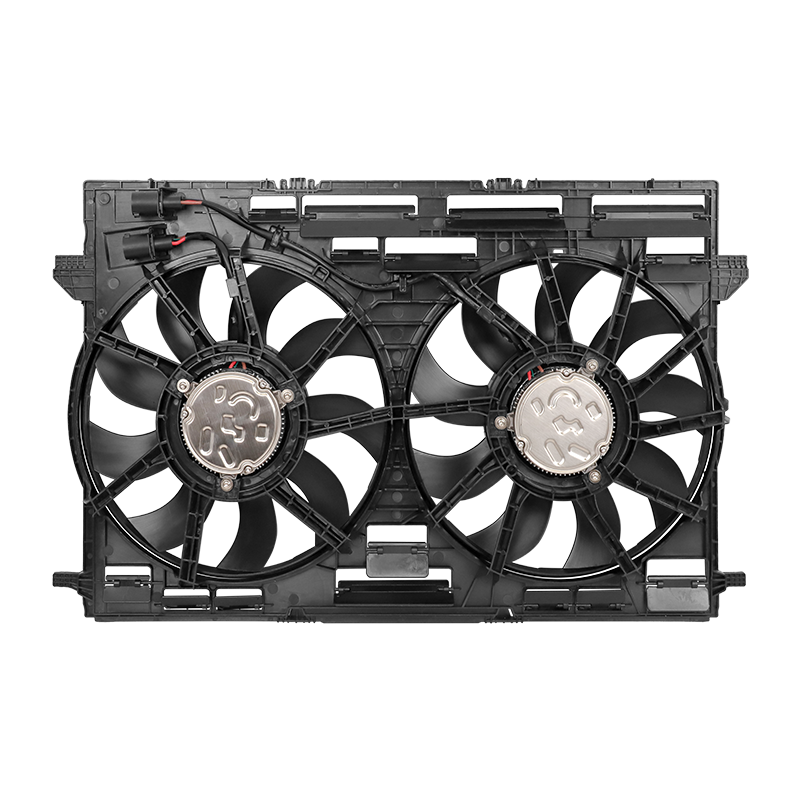2024-09-19
Engine cooling fans are a crucial component of a vehicle's cooling system, playing an essential role in regulating engine temperature and ensuring optimal performance. The primary function of these fans is to help the radiator dissipate heat generated by the engine during operation. As the engine runs, it generates a significant amount of heat, which must be managed effectively to prevent overheating. This is where cooling fans come into play, drawing air through the radiator to facilitate heat exchange. Understanding how these fans operate and the differences between electric and mechanical fans can illuminate their importance in automotive engineering.
Mechanical fans, traditionally found in older vehicles, are directly linked to the engine via a belt system. This means that their operation is directly tied to the engine's speed; as the engine revs up, so does the fan. While this setup ensures that the fan runs whenever the engine is on, it can also lead to inefficiencies. Mechanical fans often run at full speed, regardless of the cooling demand, which can waste energy and reduce fuel efficiency. Additionally, they can create extra noise and strain on the engine. Despite these drawbacks, mechanical fans are generally simpler and more reliable due to their fewer electronic components.

In contrast, electric fans have gained popularity in modern vehicles, thanks to advancements in technology. These fans operate independently of the engine's RPM, which allows them to be controlled based on the actual cooling needs of the engine. Equipped with temperature sensors, electric fans can activate or deactivate as necessary, providing optimal airflow when the engine is hot and reducing energy consumption when cooling is not required. This on-demand operation not only improves fuel efficiency but also reduces noise and wear on the engine. Furthermore, electric fans can be designed to operate at varying speeds, allowing for even greater control over engine temperature.
The shift towards electric fans also reflects a broader trend in the automotive industry towards more sophisticated cooling systems. Companies like Hangzhou Golden Sun, which invested in the R&D and production of KINFOR brand electronic fans, exemplify this evolution. By creating a comprehensive heat exchange system that includes not only fans but also components like water tanks, condensers, and intercoolers, manufacturers are addressing the diverse cooling needs of modern vehicles. This holistic approach is crucial for various models, including those from major brands such as Toyota, Honda, and Volkswagen.
Ultimately, whether a vehicle employs a mechanical or electric cooling fan, the goal remains the same: to maintain optimal engine temperatures and enhance performance. As vehicles become more advanced, understanding the differences between these fan types is essential for both consumers and automotive professionals. While mechanical fans may still serve in certain contexts, electric fans are likely to dominate the landscape of modern automotive cooling systems, combining efficiency with enhanced control over engine temperatures. This evolution not only reflects advancements in technology but also the growing awareness of the importance of fuel efficiency and environmental considerations in automotive design.